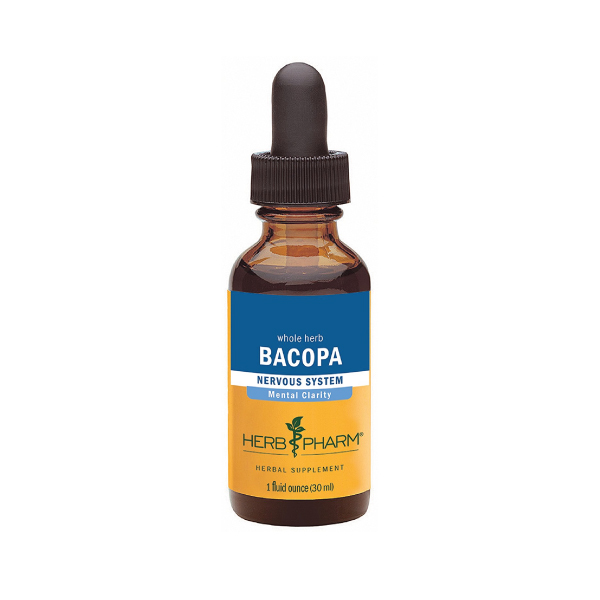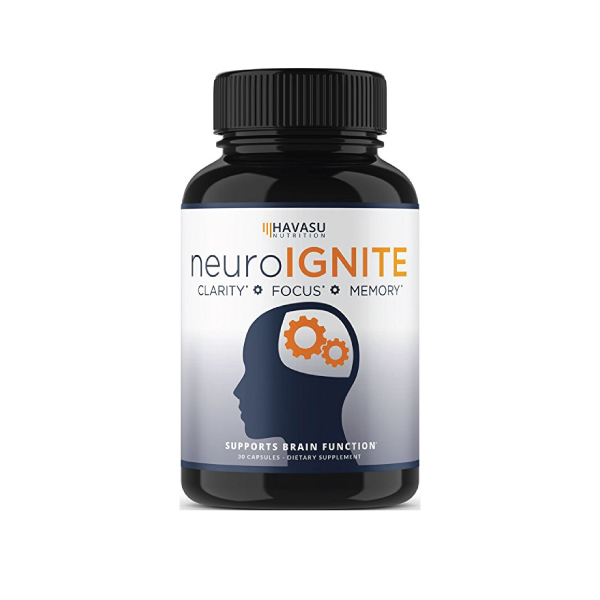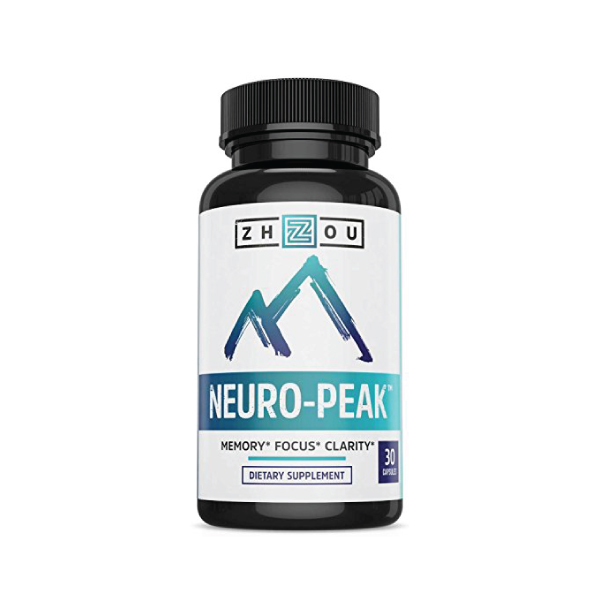What is Bacopa?
Bacopa is an Ayurvedic herb with a long history of use throughout India.
In the past couple of years its popularity has grown a lot for its use as a nootropic supplement.
The herb contains a set of chemicals known as bacosides, which have been shown to provide a list of beneficial actions on the central nervous system and brain.
As a herb, it's used to treat conditions ranging from Alzheimer's to head trauma. Bacopa also has anticonvulsant and anxiolytic actions, making it useful for anxiety, epilepsy, and muscle tension.
Featured Bacopa Products
What Is Bacopa Used For?
Bacopa as a whole plant is mainly used to treat cognitive related disorders like Alzheimer's and Dementia. Of course, nothing can completely cure these conditions, but bacopa and its associated bacosides have been shown to both reduce the severity, and prolong the health of those experiencing Alzheimer's or other neurological dysfunctions.
Traditional Uses of Bacopa
Bacopa (AKA brahmi) was commonly used as a brain tonic and to enhance learning [3].
In Ayurveda it was used to treat anxiety and epilepsy. [4].
Herb Details: Bacopa
Herbal Actions:
- Nootropic
- Nervine tonic
- Sedative (Mild)
- Anticonvulsant (mild)
- Anxiolytic
- Adaptogen
Weekly Dose
- (1:2 Liquid Extract)
30-60 mL - View Dosage Chart
Part Used
Leaves and flowers
Family Name
Plantaginaceae
Distribution
Southeast Asia, will grow anywhere from sea level to 1400 meters in altitude.
Constituents of Interest
- Bacosides
- Alkaloids
- Sterols
- Flavonoids
Common Names
- Brahmi
- Bacopa
- Water Hyssop
CYP450
- Unknown
Quality
- Unknown
Pregnancy
- Unknown
Taste
- Unknown
Duration of Use
- Long term use is acceptable
Botanical Information
Bacopa is a member of the plantaginaceae family (plantain family), which includes about 94 genera, and 1900 species, the largest of which is the genus Veronica.
Habitat Ecology, & Distribution
Bacopa prefers wet soil or shallow water. It grows at an incredible range of altitudes, from sea level to 1350 m. [5].
Phytochemistry
Bacopa contains alkaloids, saponins, and sterols as the main active constituents. Other constituents includes betulic acid, stigmasterol, beta-sitosterol., bacosides A and B (responsible for the cognitive effects), bacopasaponins. [2, 6-10].
Alkaloids in bacopa include brahmine, and herpestine [12].
Clinical Applications Of Bacopa:
The bacosides of bacopa are very useful as an adjunctive nootropic substance to add to a nootropic stack for memory, nd neurological conditions related to memory loss like Alzheimer's disease.
The whole plant extract us useful for treating conditions ranging from anxiety and depression, to traumatic brain injury, Alzheimer's, and natural age-related cognitive decline.
Recent Blog Posts:
References:
Bone, K. (2003). A clinical guide to blending liquid herbs: Herbal formulations for the individual patient. Edinburgh [u.a., MO: Churchill Livingstone.
Bacopa monniera. Monograph. (2004). Alternative Medicine Review : A Journal Of Clinical Therapeutic, 9(1), 79-85.
Mukherjee, G. D., & Dey, C. D. (1966). Clinical trial on Brahmi. I. Journal of experimental medical sciences, 10(1), 5.
Chopra, R. N. (1958). Chopra’s Indigenous Drugs of India, UN Dhur & Sons Pvt. Ltd., Calcutta, 12, 495.
Bone, K., & Morgan, M. (1996). Clinical applications of ayurvedic and Chinese herbs: monographs for the Western herbal practitioner. Phytotherapy Press.
Kapoor, L. D. (1990). CRC handbook of Ayurvedic plants.
Chakravarty, A. K., Garai, S., Masuda, K., Nakane, T., & Kawahara, N. (2003). Bacopasides III-V: three new triterpenoid glycosides from Bacopa monniera. Chemical and Pharmaceutical Bulletin, 51(2), 215-217.
Hou, C. C., Lin, S. J., Cheng, J. T., & Hsu, F. L. (2002). Bacopaside III, bacopasaponin G, and bacopasides A, B, and C from Bacopa monniera. Journal of natural products, 65(12), 1759-1763.
Mahato, S. B., Garai, S., & Chakravarty, A. K. (2000). Bacopasaponins E and F: two jujubogenin bisdesmosides from Bacopa monniera. Phytochemistry, 53(6), 711-714.
Chakravarty, A. K., Sarkar, T., Masuda, K., Shiojima, K., Nakane, T., & Kawahara, N. (2001). Bacopaside I and II: two pseudojujubogenin glycosides from Bacopa monniera. Phytochemistry, 58(4), 553-556.














As COVID-19 continues to spread around the world, we’re getting a lot of questions on what the potential role of herbal medicine is during the outbreak. Learn how the virus works and how to limit your chances of transmission.